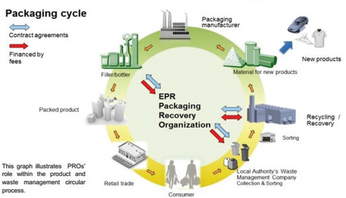Recent Advances in Polymer/solvent/particle Film Drying Model Development
The coating and drying of inks and slurries is an important step to manufacture many products, ranging from adhesives to membranes.
Chance Parrish, Sandia National Laboratories
The coating and drying of inks and slurries is an important step to manufacture many products, ranging from adhesives to membranes. During drying processes in particular, diffusion and evaporation of solvent from a coating comprise a time-consuming, energy intensive step which may affect product cost, product performance, and energy consumed during production. As a result, optimization of the diffusion and removal of solvent during drying may lead to significant cost and energy savings. We present our efforts which expand on prior work utilizing gravimetric drying studies and computational modeling, for which key parameters needed to model diffusion and evaporation in polymer-solvent coatings are regressed from gravimetric drying data. We present proposed and actual extensions to multicomponent solvents and the presence of particulates. Subsequently, drying conditions may be optimized to reduce capital and energy costs while maintaining product quality. Not only may these models be used to optimize drying conditions, but they may also be used to provide heuristic indicators to predict defect formation such as cracking and delamination brought on by drying in polymeric coatings.
This post is for paying members only
SubscribeAlready have an account? Log in

